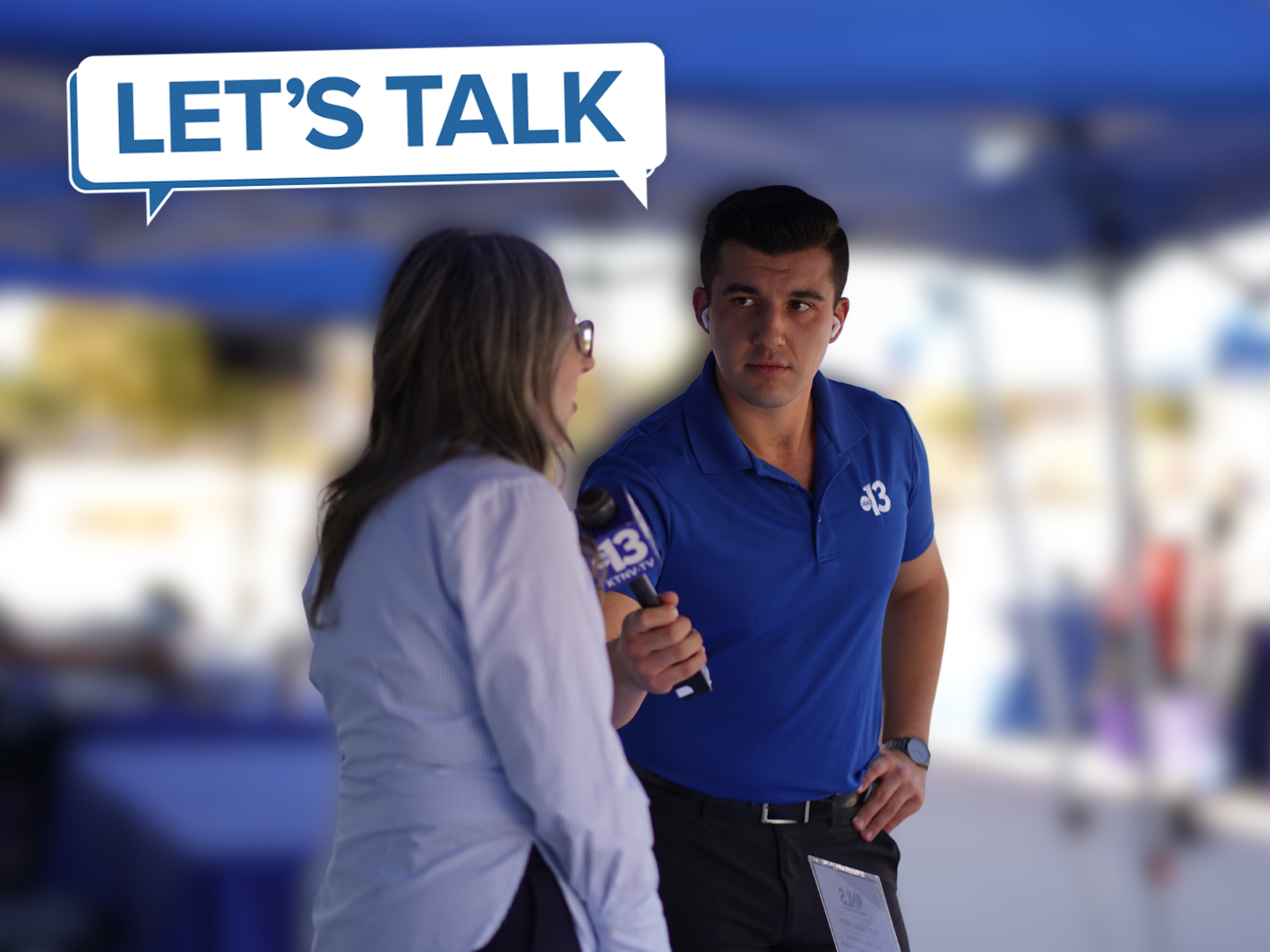LAS VEGAS (KTNV) — Near record-breaking temperatures have arrived in Las Vegas, and many residents are feeling the heat.
Wendy Traxler moved to Summerlin a year ago from California. On this day, she wanted to explore downtown Las Vegas, but when she arrived, she said she was hit by the scorching heat.
"I just left Summerlin about a half hour ago and it feels like it's about 8 degrees hotter," she said.
Shashi Nambisan, with the Department of Civil and Environmental Engineering at UNLV, says what Wendy is feeling is called the Urban Heat Island Effect.
He says, "It could vary from as much as 7 to 8 degrees but that is what we feel, but if you are on a solid surface you have probably seen videos where you could cook an egg or on the hood of a car."
Nambisan says a city typically will experience warmer temperatures than nearby areas like Summerlin or Anthem.
He says this part of town where there is more asphalt, buildings, and concrete, more heat is absorbed and it feels hotter. "It can push you past the edge what we have to be mindful of is what we can't control which is the heat, but we do need more shade and cooling centers."
According to the City of Las Vegas, trees were an essential part of the master plan to help shade the area. Across the city and downtown, businesses are replacing dark roofs with white ones to help reduce heat buildup.
"It is a different type of heat from what I am used to," Traxler said.
But even with these efforts to cool off downtown, Jacob Spivy — who's visiting from Tampa, FL — says it's still a lot hotter than where he is staying, just off the Strip at the Palms.
He told Channel 13, "I would say [it's] a 10 to 15-degree difference almost in feel, probably not that of the actual temperature, but feel-wise it takes your breath away.
To help with the Urban Island Effect in downtown Las Vegas, the City of Las Vegas just accepted a $50,000 grant from One Tree Planted to implement a tree-bate program.
This is part of the city's overall goal of planting 60,000 trees on public and private property by 2050.





